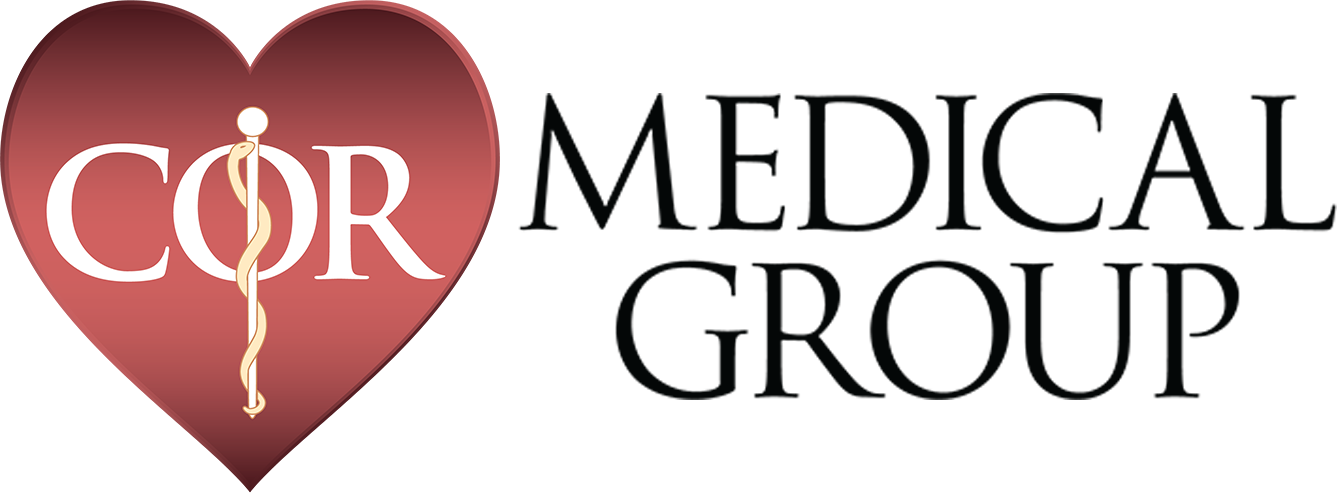Atherosclerosis
Atherosclerosis (plaque in the arteries)
Atherosclerosis (ath-er-o-skler-O-sis) is a disease that affects the arteries of the body. It is the primary cause of angina, heart attack, sudden death and stroke. This disease kills more people world-wide than any other single disease.
The term “atherosclerosis” refers to the accumulation of fatty substances on the artery walls. This is called plaque (plak). Plaque forms when the internal lining of the artery, which we call the endothelium, is damaged. This damage allows cholesterol and other fatty substances in the blood to be deposited on the artery wall. Over time, these deposits thicken the artery walls and cause the opening of the artery, called the lumen, to become narrower. When this occurs in the arteries taking oxygenated blood to the heart, it is referred to as coronary artery disease. If the plaques become large enough, they can block the flow of blood to the part of the body where that artery takes blood. The chest pains of angina occur when the heart cannot get enough oxygen-rich blood through plaque-clogged arteries.
Plaque is generally fragile and is at risk of detaching or breaking. When this happens, a blood clot can form, which in turn can block the flow of blood through the artery. If the artery takes blood to the heart muscle, then a heart attack is caused by the formation of the clot. If the artery takes blood to a part of the brain, then a stroke is caused by the formation of the clot. Atherosclerosis tends to be a disease that progresses slowly and can even begin in childhood and progress throughout life. In some people with risk factors for atherosclerosis, the disease can progress more rapidly. These risk factors are believed to cause damage to the artery wall.
Being male and having a family history of premature cardiovascular disease increases the risk of atherosclerosis. These risk factors cannot be modified or treated. Other risk factors can be treated. These include hypertension (high blood pressure), high cholesterol, smoking, diabetes, obesity and a sedentary lifestyle. Research shows that treating these modifiable risk factors, patients can significantly lower their risk of heart attack and stroke.
Your doctor may instruct you to do exercise regularly, modify your diet and certain habits in order to lower or modify the risk factors. If lifestyle changes do not improve the risk factors, your doctor may choose to prescribe you medications to lower blood cholesterol, reduce blood pressure and control diabetes. Patients who smoke must stop. Ask the doctor for help if you do not succeed in quitting smoking.
In the past, doctors often could not tell that atherosclerosis was present until damage to part of the body had occurred. Today, cardiologists can actually see how healthy your arteries are prior to a heart attack or stroke. Using carotid IMT (CIMT), Dr. Caren and Dr. Urman can even tell if your arteries are prone to develop plaque in the future, prior to even the mildest plaque being present. Click here for more information on this amazing technology that is quick, easy, painless and without any radiation exposure.
Atherosclerotic vascular disease is the leading cause of death among men and women and costs billions of dollars to the healthcare system and society every year. Over the last three decades, considerable progress against this disease has been made with improved diagnostic and preventive/therapeutic intervention but considerable residual burden of this disease remains. Adoption of a therapeutic lifestyle (consumption of a heart-healthy diet, regular physical activity) coupled with risk factor modification, including use the cholesterol lowering and blood thinning drugs, have clearly reduced the risk of cardiovascular events. Despite these interventions, a significant number of cardiovascular events continue to occur. Drs. Caren and Urman are committed to optimizing each of their patient’s risk-factor profiles to reduce the risk of these events.
For more information on atherosclerosis, click here.
Click here for an illustrative presentation on atherosclerosis.
For a printer friendly version of this article, click here.
Written by and/or reviewed by Mark K. Urman, MD and Jeffrey F. Caren, MD
Updated 01/05/14
PLEASE NOTE: The information above is provided for general informational and educational purposes only and should not be used during any medical emergency. The information provided herein is not intended to be a substitute for medical advice, nor should it be used for the diagnosis or treatment of any medical condition. Accordingly, it should not be relied upon as a substitute for consultation with licensed and qualified health professionals who are familiar with your individual medical needs. Call 911 for all medical emergencies. Links to other sites are provided for information only – they do not constitute endorsements of those other sites. Please see Terms of Use for more information.


